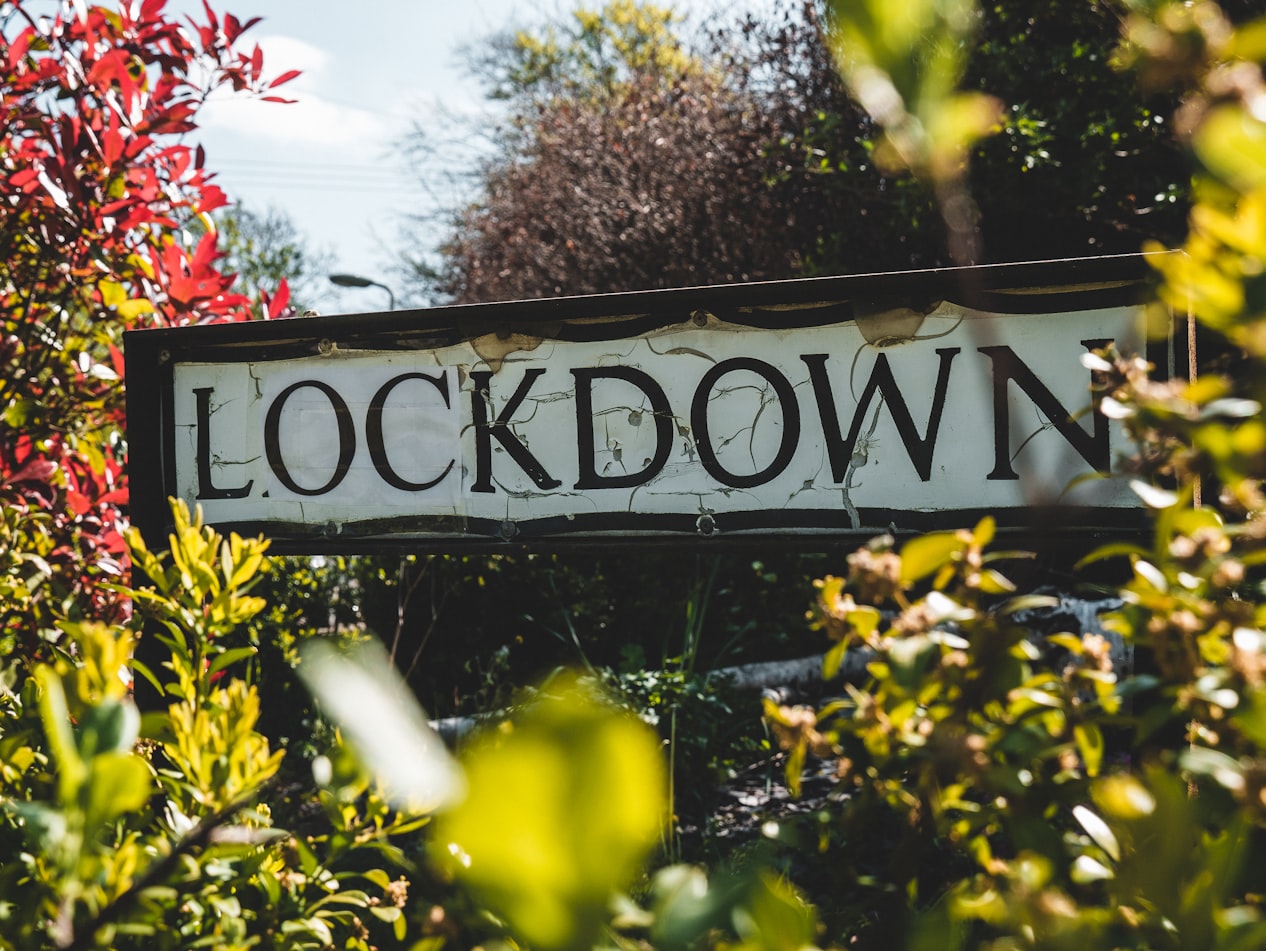
Changes in my life
COVID-19 measures in Japan

Changes in my life
First, let’s look at the changes in my own life. I’m a university student, but I haven’t been to school since April, when school usually starts. All three of my scheduled physical examinations have been cancelled. At my school, all classes were held on the Internet. Don’t tell anyone that many students are questioning the fact that they are paying for equipment that they are not using. I have asked the school about this, but have not received an answer.

Japan’s COVID-19 Measures
The following is a chronological description of the COVID-19 measures taken by Japan to date.
However, please note that we cannot be responsible for the information written here.
January 16: The first case of COVID-19 infection was confirmed in Japan.
February 3: a cruise ship arrived at the port of Yokohama with a confirmed case of COVID-19.
February 13: A woman in her 80s was the first person in Japan to die of COVID-19.
February 27: Prime Minister Abe announced a nationwide rush to schools.
On the same day, a false rumor emerged that there would be a shortage of toilet paper in Japan in the future, which caused a shortage of paper products in Japan for over a month.
March 24: The Japanese government decided to postpone the Tokyo Olympics for one year.
March 29: Famous Japanese comedian Ken Shimura died of COVID-19 infection.
April 7: a lockdown called a state of emergency was declared in parts of Japan.
April 16: a nationwide lockdown took place in Japan.
May 7: The number of infected people per day dropped below 100.
May 14: Lockdown lifted in most of Japan.
May 14: Lockdown lifted in most of Japan.
May 24: Lockdown lifted in all of Japan.
June 14: Easing of travel restrictions in Japan.
July 2: Japan confirmed more than 100 cases per day for the first time in two months.
July 2: Japan confirmed more than 100 cases per day for the first time in two months.
July 22: The Japanese government launched a campaign called “Go To Travel” to save the tourism industry.
On the same day, a record number of 795 people were confirmed infected per day.
July 29: All 47 prefectures in Japan have confirmed cases of COVID-19. The number of deaths due to coronaviruses in Japan exceeded 1,000.
August 20: the president of the Infectious Diseases Society of Japan announced that “the COVID-19 epidemic has reached its peak.
September 16: Prime Minister Abe resigned in an emergency.
November 18: more than 2,200 people per day were confirmed to be infected.
On the same day, the president of the Japan Medical Association announced that the spread of the disease was due to “Go To Travel”.
November 27: the president of the Japanese Society of Infectious Diseases declared that the disease could not be dealt with by individual efforts alone.
December 7: Osaka announced that it had dispatched the Self-Defense Forces due to a shortage of nurses.
December 15: Go To Travel was cancelled.
December 25: the Japanese government issued a request to the food and beverage industry to shorten hours and announced benefits and penalties.
On the same day, the first COVID-19 mutant was confirmed at an airport.
January 6: the president of the Japan Medical Association announced that healthcare in Japan has collapsed.
January 7: a lockdown called a state of emergency was again declared in parts of Japan.
January 12: a series of requests for the downsizing of special zones, called emergency declarations, were made throughout Japan.
January 13: Entry of foreigners was suspended.
Not only me, but also the people of Japan think that the Japanese government is always on the back foot.



















